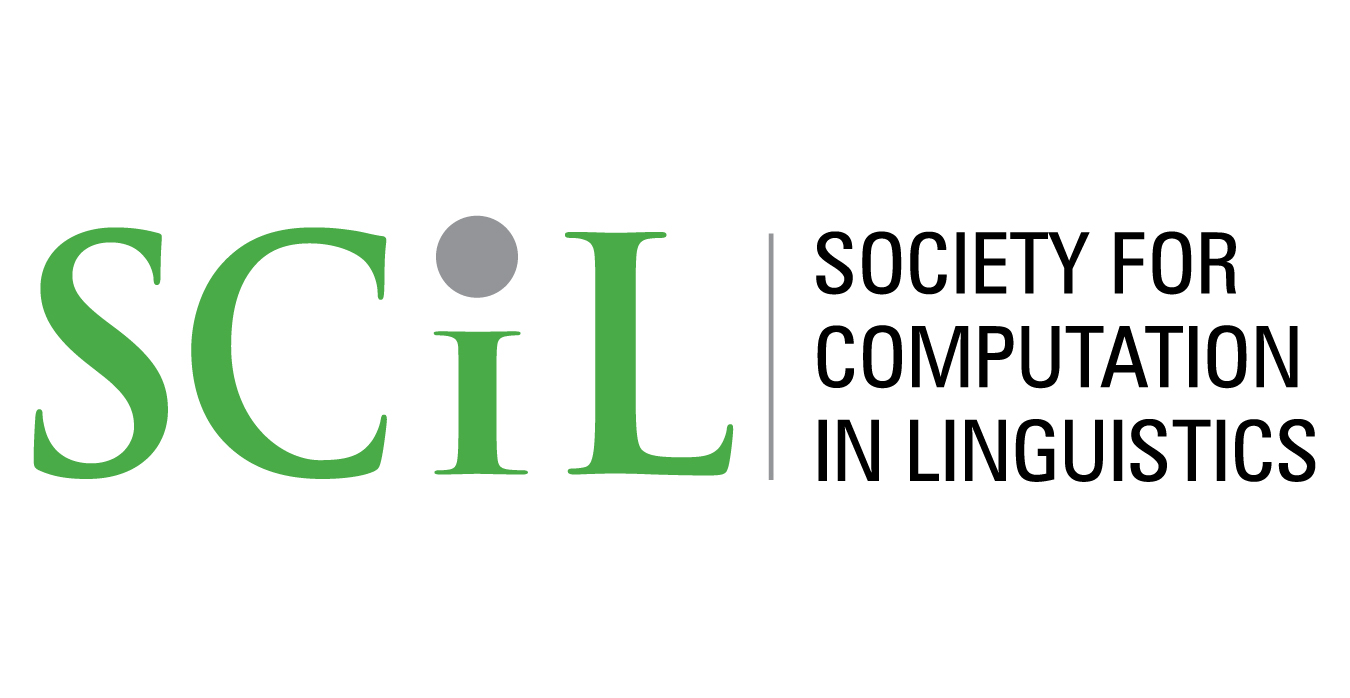Explaining differences between phonotactic learning biases in the lab and typological trends using Probabilistic Feature Attention
Abstract
A primary goal of linguistic theory is to explain why certain kinds of languages are underattested. One methodology that has had success in explaining phonological typology has been artificial language learning, in which participants are trained for a short period of time on a synthetic language that was designed to test the learnability of a particular kind of pattern. Often, the goal of these experiments is to see if participants’ learning biases in the lab might explain typology by showing that underattested languages are more difficult to acquire. However, Moreton and Pertsova (2014) discovered a mismatch in the phonotactic learning biases observed in the lab and trends that are present in phonological typology. Here, results are presented from a maximum entropy phonotactic learning model paired with Probabilistic Feature Attention, an independently motivated mechanism. The model’s behavior matches Moreton and Pertsova (2014)’s experimental results early in learning, but mirrors typological trends later in acquisition, providing a potential explanation for the mismatch reported by Moreton and Pertsova (2014).
Keywords: phonotactic, phonology, learning bias, maximum entropy, artificial language learning, typology, simulation
How to Cite:
Prickett, B., (2025) “Explaining differences between phonotactic learning biases in the lab and typological trends using Probabilistic Feature Attention”, Society for Computation in Linguistics 8(1): 34. doi: https://doi.org/10.7275/scil.3115
Downloads:
Download PDF
311 Views
110 Downloads
